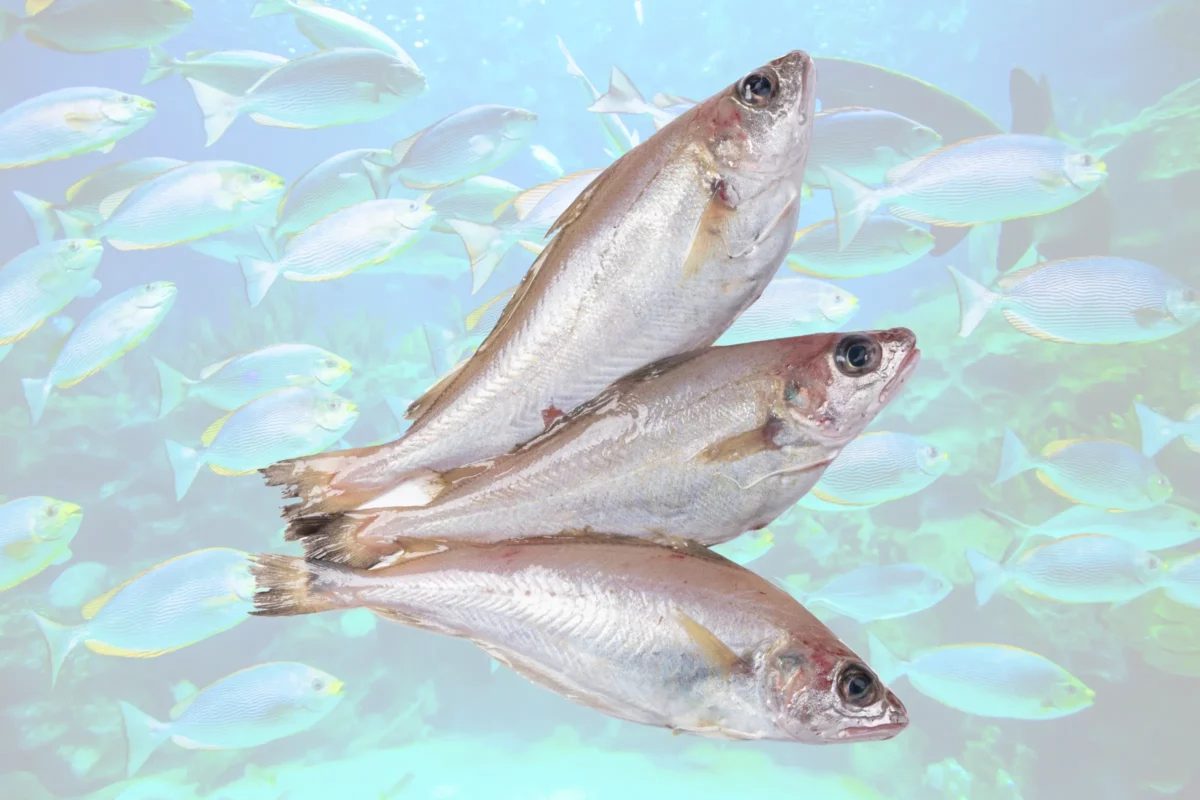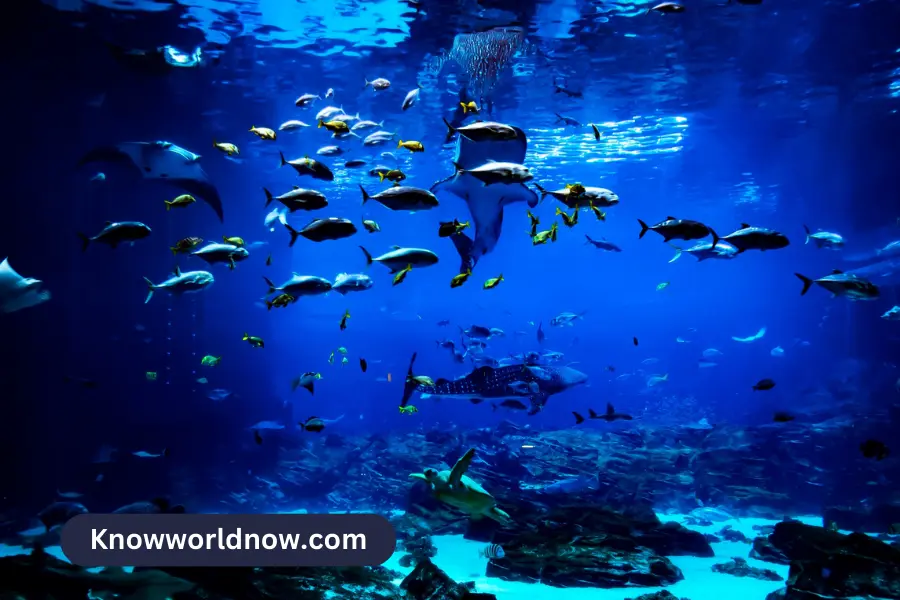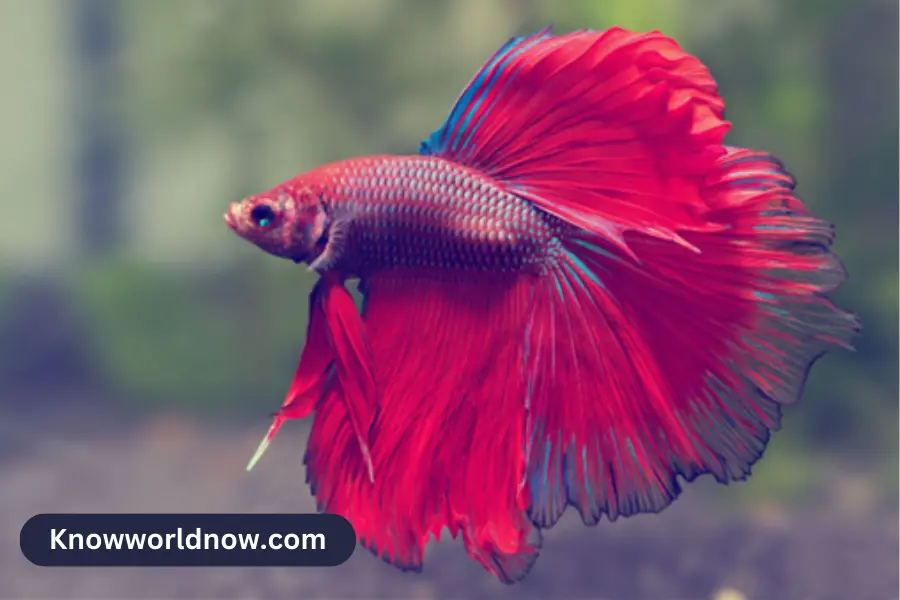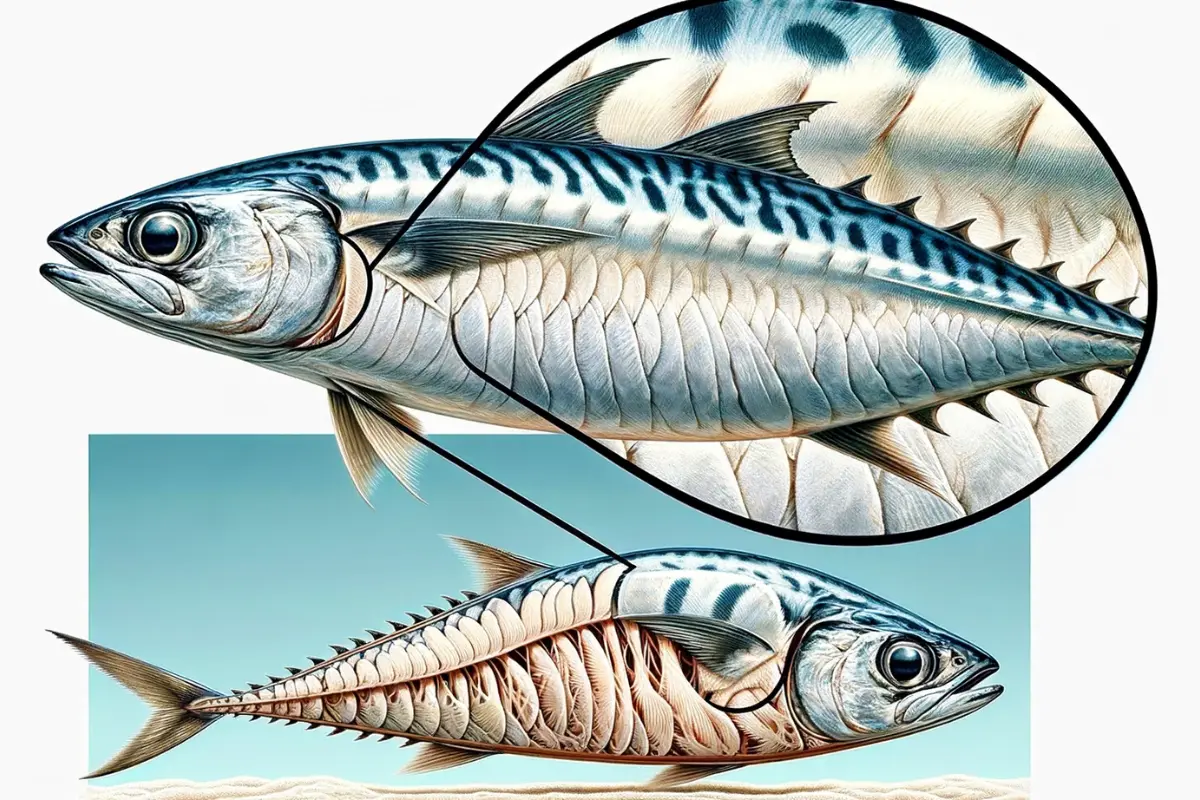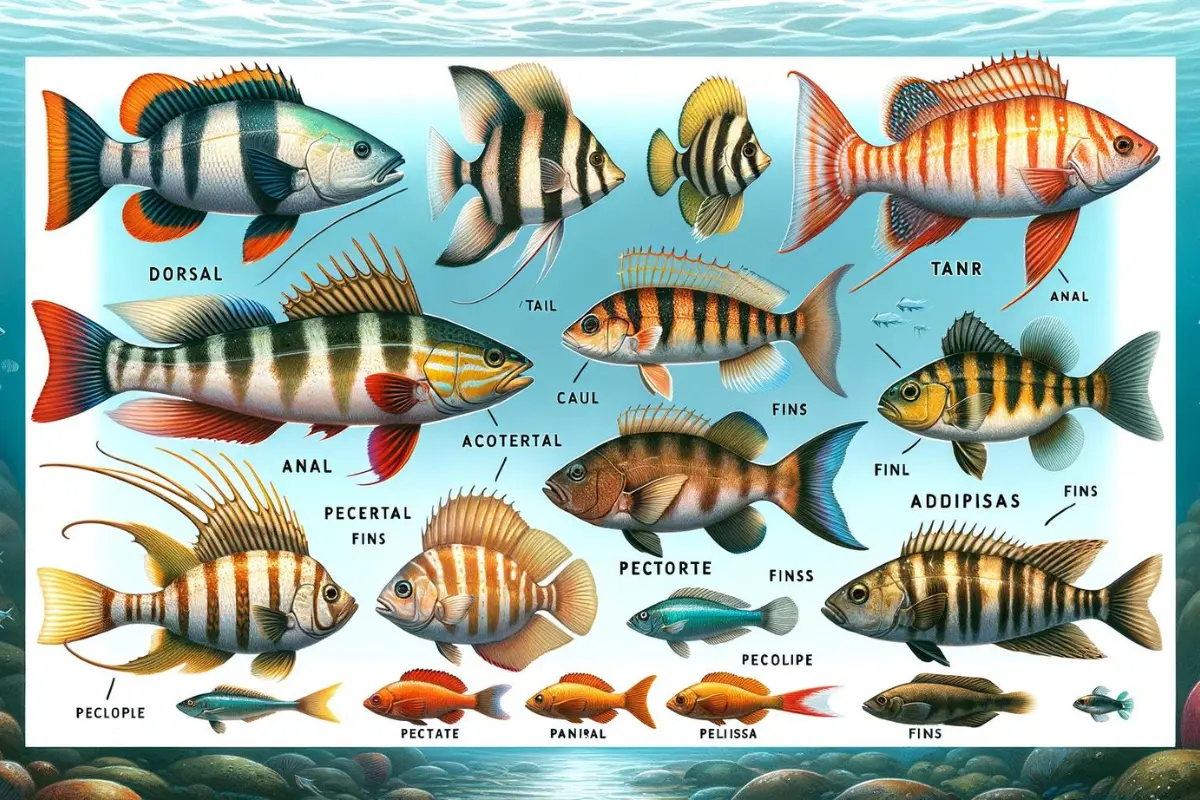Yes, whiting fish have scales. These small fishes have cycloid scales, which are smooth and round. These scales develop a protective layer over the actual soft skin. It saves them from different parasites and injuries. These scales also help them maintain balance and swim.
The cycloid scales contribute to the fish’s streamlined shape. Such shape aids in swimming efficiency. The smooth surface of cycloid scales also helps reduce friction. Scales reduce the drag of water, which helps them swim swiftly.
The presence of scales is crucial for whiting fish life. They are widely eaten for hundreds of years. The fish is historically known to be affordable for poor people. There are other interesting facts about whiting fish that you will be interested in.
What Is a Whiting Fish?
Whiting fish has several names. While some people call it whiting fish, some may call it pacific whiting or pacific hake. This is a small size fish that can be about 3 feet long and weighs about 1.4 pounds.
You can find whiting fish in various locations. They inhabit both saltwater and brackish environments. They are commonly found in the North Atlantic and North Pacific oceans. You can also catch them in coastal areas, including other regions of Europe and Asia.
Whiting fish is a type of round fish. They have a cylindrical body shape with a rounded cross-section. This shape helps them swim efficiently. Their body is widest in the middle and tapering towards the head and tail.
Moreover, a whiting fish is also referred to as a white fish. Whitefish is a category of fish characterized by the white flesh when cooked. Whiting has a mild, flaky white flesh that cooks up tender and moist.
Benefits of Having Scales for Whiting Fish
Scales perform several beneficial functions for whiting fish. Here are some of the major benefits of having scales for whiting fish.
1. Protective Function
A major benefit of having scales is providing protection. From what fish needs protection? From several things. Scales protect fish from being attacked by parasites. It saves them from parasite infection.
Additionally, the scales are distributed, overlapping one over the other. It saves their delicate skin from different potential injuries. It is a part of their defense mechanism.
2. Streamlined Swimming
A streamlined structure refers to a shape that minimizes resistance to motion through a fluid, such as air or water. This structure reduces drag or friction. It helps fishes like whiting to swim properly. The scales also aid in the fish’s ability to navigate, hunt, and escape from predators.
3. Temperature Regulation
Scales also play a role in helping white fish regulate their body temperature. They take part in metabolic processes to maintain an optimal internal temperature. It is important for them as they swim through different parts of water that have varying water temperatures.
4. Buoyancy Control
Buoyancy is the upward force exerted by water that fish experience. Scales contribute to the fish’s buoyancy by helping control its overall density. This buoyancy regulation is essential for the fish to maintain a stable position in the water column. It allows the fish to conserve energy and adjust its depth.
Interesting Facts about Whiting Fish
Whiting fish is quite popular in Northern America and Europe. You may have also consumed this fish but not know several interesting facts about them.
- Whiting fish is related to cod, pollock, and haddock
- People have been eating this fish for decades now. The fish is found in plenty, so it is not expensive. Therefore, it has been a part of the diet of the poor people.
- Whiting fish is eaten not only by humans but also by pets.
- They have a dark spot near their pectoral fin. It distinguishes them from other species that are similar to them.
Whiting Fish Nutrition
Whiting fish is a popular part of different cuisines. However, many people may not want to eat them, thinking that it is the diet of poor people. Once you see the nutritional benefits of whiting fish, you may reconsider your decision.
| Nutrition | Amount (Per 72g) |
| Calories | 84 |
| Protein | 16.9g |
| Carbohydrate | 0g |
| Fat | 1.2g |
| Sugars | 0g |
| Cholesterol | 60.5mg |
| Calcium | 44.6mg |
| Potassium | 312.5mg |
| Sodium | 95mg |
| Magnesium | 19.4mg |
| Vitamin A, | 27.4mcg |
| Vitamin B6 | 0.13mg |
| Vitamin B12 | 1.9mcg |
| Vitamin D | 1.3mcg |
| Vitamin E | 0.27mg |
Health Benefits of Whiting Fish
Eating whiting fish can contribute to your health improvement. Here is how you will be benefitted:

1. Good protein source
Protein is the building block of your body cells and tissue. This nutrition is important for your body. If your body does not have enough protein, you may suffer from different issues, such as:
- Weakened immune system
- Delayed wound healing
- Fluid imbalance causing edema
- Fating, etc.
2. Omega-3 fatty acids
Whiting fish is also a good source of omega-3 fatty acids. This nutrition is crucial for optimal health. By providing you with omega-3, whiting fish helps in:
- Reducing inflammation that can lead to several other skin issues
- Alleviating joint pain stiffness
- Supporting vision and reducing the risk of age-related macular degeneration
- Supporting fetal brain and eye development if eaten during pregnancy
3. Low Harmful Substances
Whiting fish does not contain many harmful substances like other fishes. The whiting fish does not contain any sugar or carbohydrates. Additionally, the level of mercury is quite low in whiting fish. You can eat this fish without worrying about the harmful substances that most other fishes contain.
4. Good Source of Minerals
Minerals are important for leading a healthy life. Your bones need calcium and other minerals. Whiting fish offers you calcium, manganese, phosphorus, and other minerals that help you prevent mineral deficiency.
- Calcium is essential for blood clotting. Other minerals such as sodium, potassium, and chloride help maintain a proper fluid balance and nerve function.
- Minerals like zinc and selenium support immune system function
- Iron is crucial for the formation of hemoglobin, which transports oxygen from your lungs to tissues throughout your body.
5. Offers Different Vitamins
Whiting fish contains various vitamins. You can get vitamins B6, B12, D, and E. These vitamins are crucial for your well-being. These vitamins have different benefits for your body, such as:
- Vitamin D improves your bone density and muscle function
- Vitamin B6 protects you from different diseases by boosting your immune system
- Vitamin E is an effective antioxidant that plays a significant role to protect cells from oxidative damage. This particular vitamin also supports immune function and skin health and may reduce the risk of .
- Vitamin B12 is vital for several reasons, such as nerve function, DNA synthesis, and red blood cell formation. It supports cognitive health and helps prevent anemia. A deficiency can lead to neurological issues.
What Other Fishes Have Scales?
Scales play a crucial role in whiting fish life. They are not the only fish with this important body part. There are thousands of fish with scales. Here is a list of some of the fishes that have scales:
| Trout | Tuna |
| Salmon | Mackerel |
| Perch | Bass |
| Cod | Walleye |
| Grouper | Snapper |
| Catfish (some species) | Haddock |
| Mahi-mahi | Tilapia |
| Redfish | Yellowtail |
| Pompano | Bluefish |
| Barracuda | Sea bream |
| Red snapper | Wahoo |
| Swordfish | Sardines |
| Kingfish | Flounder |
| Herring | Anchovy |
What Fish Does Not Have Scales?
Though scales are important for fish, some fish do not have them. It might sound surprising, but it is a fact. Here is a list of fish that do not have scales.
| Lamprey | Mudskipper |
| Parasitic Catfish | Jellynose Fish |
| Blind Cavefish | Hagfish |
| Barbeled Dragonfish | Eel |
| Anglerfish | Smooth Dogfish Shark |
| Sea Devil | Slickhead |
| Snakehead Fish | Ocean Sunfish |
| Ratfish | Cusk Eel |
| Dragonfish | Viperfish |
FAQ
What do whiting fish eat?
Whiting fish eat various kinds of foods. You can feed them worms, prawns, squids, or yabbies. You should offer them fresh food if you want to feed them. Using fresh food is also ideal for using as bait.
What eats whiting fish?
Whiting fish are small in size and have a good taste to offer. Therefore, several other fish-eating species of fish tend to feed on them. Fish, such as lingcod and Humboldt squid, like to prey on Pacific whiting fish.
Do I need to scale whiting fish?
Yes, you should scale white fish regularly. Remove all the scales before cooking them. These scales are tough to eat and digest. Besides, the taste is unpleasant. Removing the scales is easy. You can do it with a scalar or a knife.
Are you supposed to eat the skin on whiting?
The skin of whiting is edible. However, it is better for you to avoid them. The skin often contains contaminants and substances that are not safe for your health. Avoid eating the skin if the fish is caught in the wild or on a farm.
Why is whiting fish so cheap?
Whiting fish is widely available in different parts of the world. They are easy to capture and are caught in bulk. The demand for fish is comparatively less than the supply. It keeps the price of the fish low, and you can get them cheap.
Do whiting fish have fins?
Yes, whiting fish have fins. They have three dorsal fins, tail fins, pelvic fins, and pectoral fins. The dorsal fins are separated by a little gap. These fins help them swim and maintain balance and stability.
Is whiting fish bony?
Yes, whiting fish are bony. They have rib bones and pin bones. You can easily remove them before cooking. It makes them an easy fish to cook.
Conclusion
Whiting fish is an interesting fish that has both scales and fins. The scales help the fish survive in the aquatic environment by forming a protective layer. You will have to remove the scales before cooking them as they are not appealing to the taste buds.

